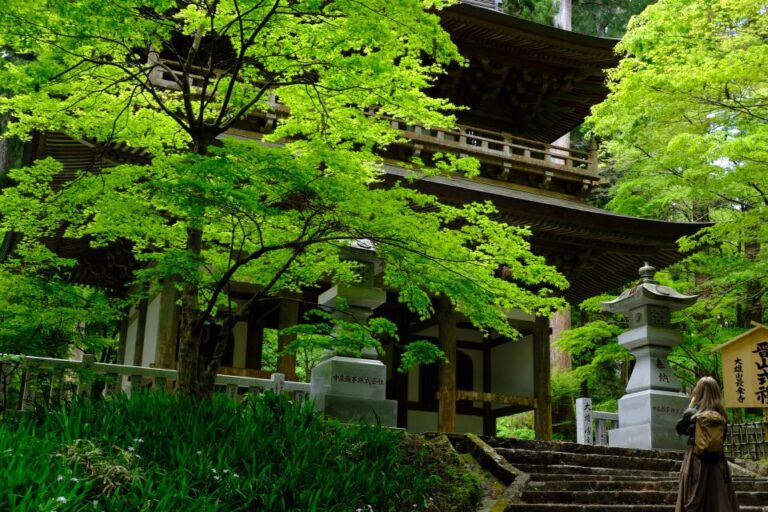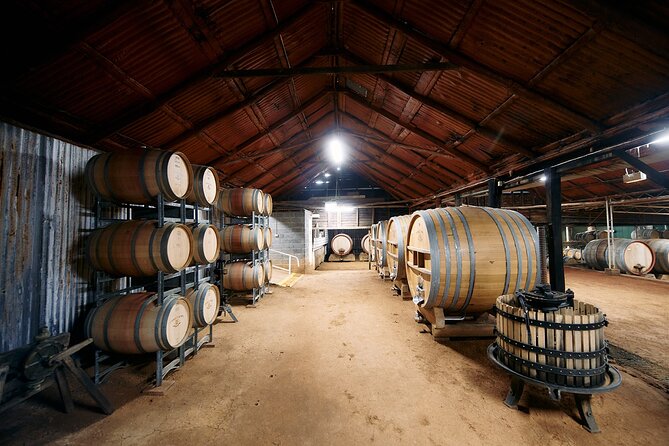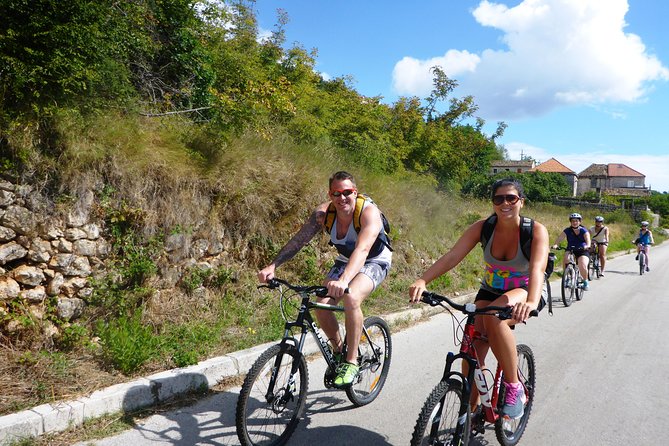In the bustling city of Phnom Penh, a half-day excursion to the Killing Field & S21 Genocidal Museum offers a poignant window into Cambodia’s tumultuous past. As visitors walk through the remnants of Pol Pot’s regime, they are confronted with the stark realities of a dark chapter in history.
The chilling artifacts and survivor testimonies provide a sobering reminder of the atrocities that unfolded. But what lies beyond the historical facts and somber sites? What deeper insights can be gained from this immersive experience?
Just The Basics
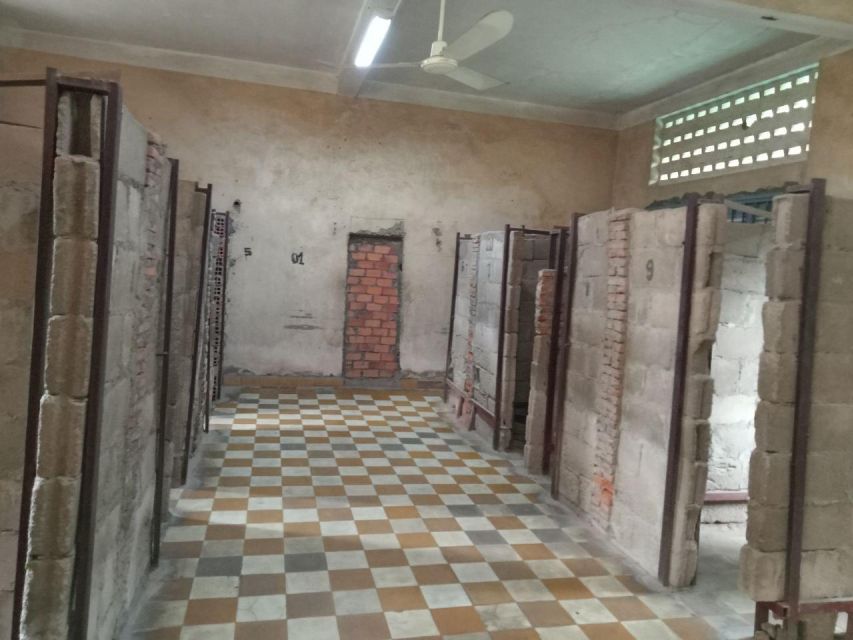
- Gain insight into Cambodia’s dark history under the Khmer Rouge regime.
- Hear survivor stories and learn about the atrocities at Toul Sleng S21 prison.
- Visit the somber Killing Fields to reflect on the impact of past events.
- Understand the complexities of Cambodia’s past through informative guided tours.
It's also worth checking out some other tours and experiences nearby.
Tour Overview
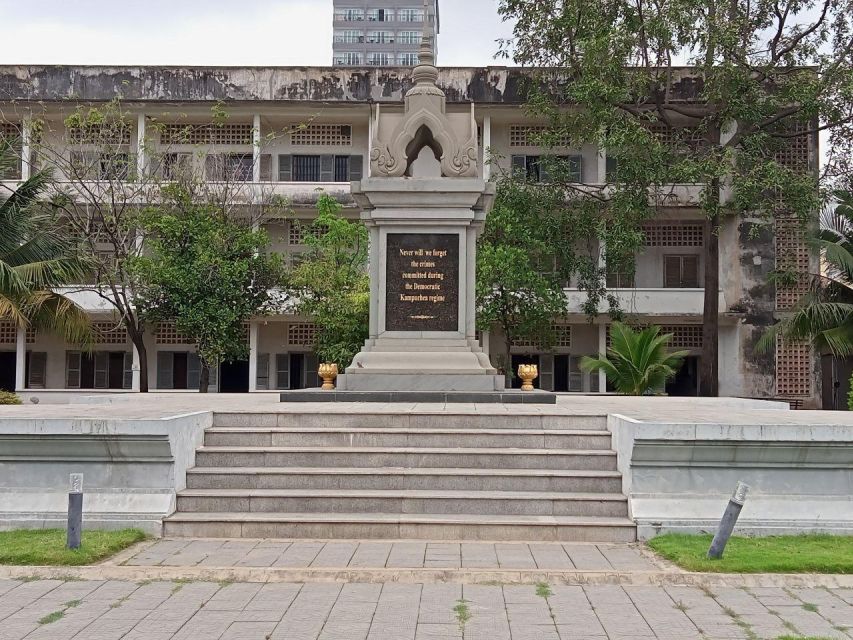
Set out on a compelling and enlightening journey through Cambodia’s dark history with the Half Day Tour: Killing Field & S21 Genocidal Museum. This tour provides a profound insight into the historical significance and cultural impact of the Khmer Rouge regime.
Participants will explore the haunting past of Cambodia, learning about Pol Pot’s regime and the Communist doctrine that shaped that era. By visiting the Toul Sleng S21 prison and the Killing Fields, guests will witness firsthand the atrocities committed by the Khmer Rouge.
The tour offers a unique opportunity to reflect on Cambodia’s history at the memorial stupa in Choeng Ek, highlighting the enduring impact of these tragic events on the country’s culture and society.
Historical Context
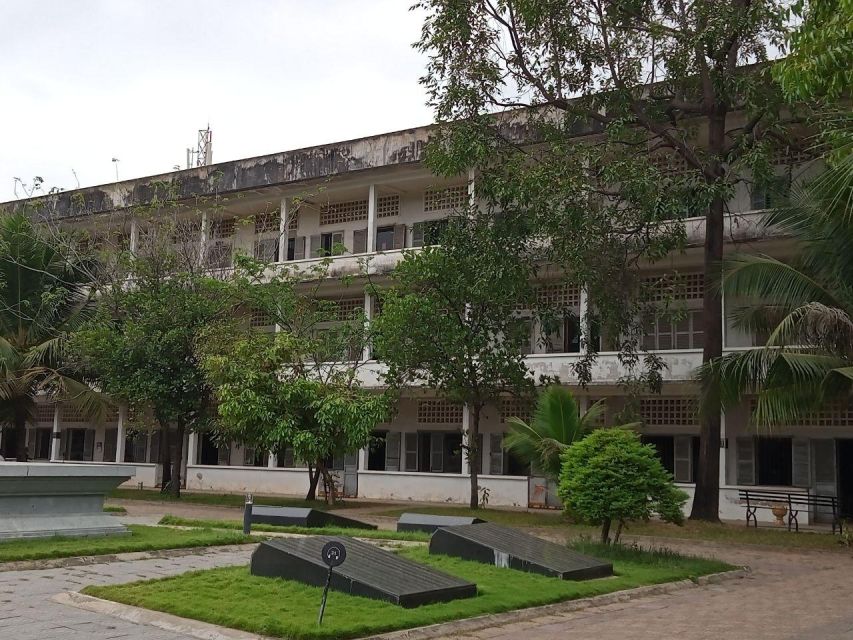
Understanding the historical context surrounding the Khmer Rouge regime in Cambodia provides crucial insights into the complexities of the country’s past.
The Khmer Rouge, led by Pol Pot, ruled Cambodia from 1975 to 1979, implementing radical Communist policies that resulted in the deaths of an estimated 1.7 million people through execution, forced labor, and starvation.
Genocide education plays a significant role in ensuring that the atrocities committed during this dark period aren’t forgotten.
Visiting sites like the Toul Sleng S21 prison and the Killing Fields offers a firsthand look at the horrors endured by the Cambodian people.
Itinerary Details
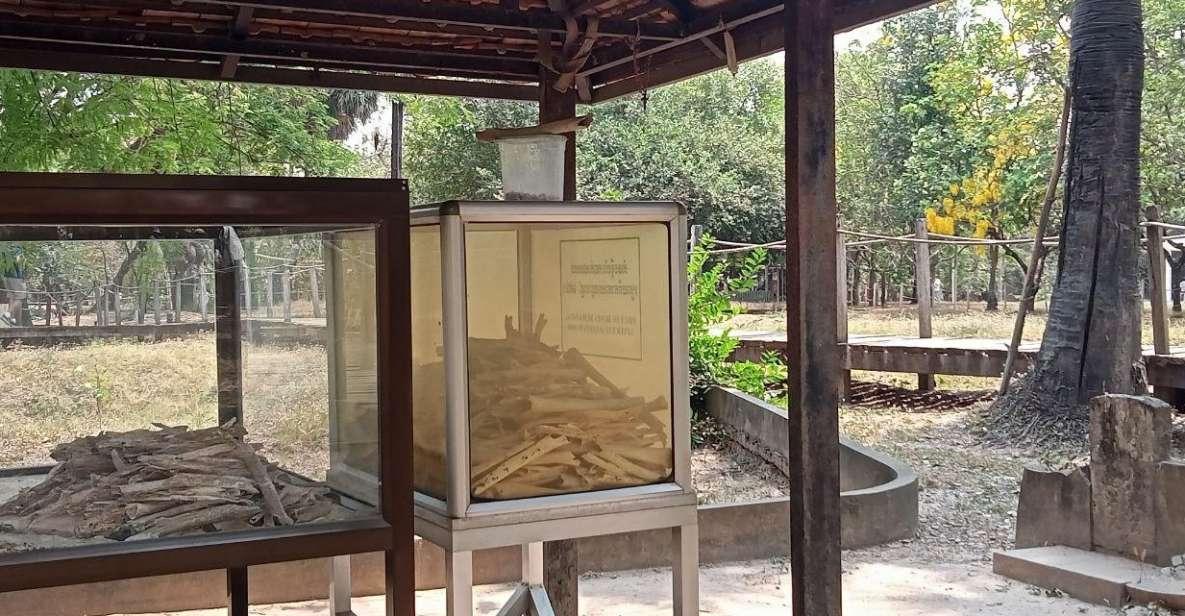
Exploring the poignant itinerary of the Half Day Tour to Killing Field & S21 Genocidal Museum reveals a somber yet enlightening journey through Cambodia’s tumultuous past. The tour logistics include a 4-hour duration with free hotel pickup and drop-off, skip-the-line access, and a knowledgeable English-speaking guide. Participants learn about the Khmer Rouge regime at Toul Sleng S21 prison and Choeng Ek Killing Field, experiencing survivor stories and reflecting in the memorial stupa. Transportation options vary, from air-conditioned vehicles to tuk-tuks, offering different visitor experiences. This immersive experience not only educates about Cambodia’s history but also leaves a lasting cultural impact, encouraging visitors to engage with the past and consider its implications on the present.
| Tour Logistics | Visitor Experiences | Transportation Options |
|---|---|---|
| 4-hour duration | Learn about Khmer Rouge regime | Air-conditioned vehicles |
| Hotel pickup/drop-off | Explore survivor stories | Tuk-tuks |
| Skip-the-line access | Reflect at the memorial stupa | Various transportation options |
| English-speaking guide | Cultural impact | |
| Visit Toul Sleng S21 & Choeng Ek | Insight into Cambodia’s history |
Emotional Insights
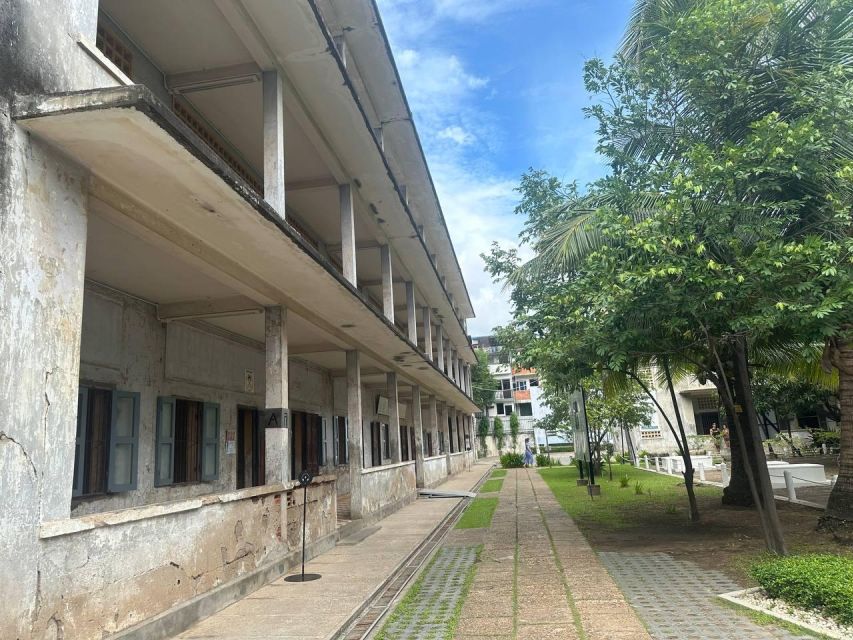
The somber sites of Toul Sleng S21 prison and Choeng Ek Killing Field evoke profound emotional responses, offering visitors a poignant glimpse into Cambodia’s tragic past under the Khmer Rouge regime. As visitors walk through these haunting locations, they often find themselves overwhelmed with personal reflections on the atrocities that occurred.
The impact of Cambodia’s history during this period is deeply felt, leaving a lasting imprint on those who visit. The cultural significance of these sites can’t be overstated, as they serve as powerful reminders of the horrors of the past. Through these emotional insights, visitors are encouraged to engage with the history, reflect on the profound cultural impact of the Khmer Rouge era, and contemplate the implications of such events on Cambodia’s present society.
Survivor Narratives
Amidst the poignant remnants of Cambodia’s dark past, survivor narratives emerge as compelling testaments to resilience and the enduring human spirit. Survivor testimonials provide a raw and unfiltered account of the atrocities faced during the Khmer Rouge regime, offering a glimpse into the strength and courage of those who lived through unimaginable horrors. Impact reflections from survivors highlight the long-lasting effects of trauma and the importance of remembrance in shaping a collective understanding of history. These narratives serve as powerful reminders of the resilience of the human spirit and the necessity of bearing witness to past injustices.
-
Witnessing the indomitable spirit of survivors evokes a profound sense of admiration.
-
Survivor testimonials shed light on the unimaginable suffering endured during that dark period.
-
Impact reflections from survivors underscore the lasting scars left by the Khmer Rouge regime.
-
These narratives emphasize the importance of honoring the stories of those who survived for future generations.
Educational Value
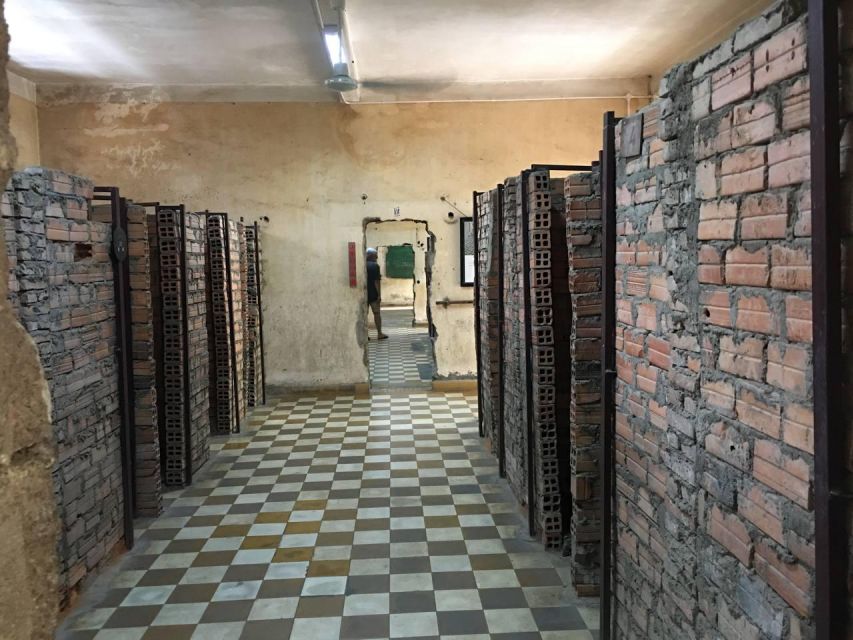
Discover the enlightening educational value embedded within the poignant historical sites of the Killing Field & S21 Genocidal Museum tour in Cambodia. This tour offers impactful experiences that provide profound educational insights into Cambodia’s dark history under the Khmer Rouge regime.
By exploring the Toul Sleng S21 prison and the Killing Fields, visitors gain a deeper understanding of the atrocities committed during that era. Participants learn about Pol Pot’s regime, the Communist doctrine, and hear survivor stories firsthand.
Reflecting on Cambodia’s past at the memorial stupa allows for a meaningful connection to the country’s history. Engaging with the tour guide’s explanations and the sites visited offers a unique perspective on the complexities of Cambodia’s past, making it a valuable learning opportunity.
Practical Tips
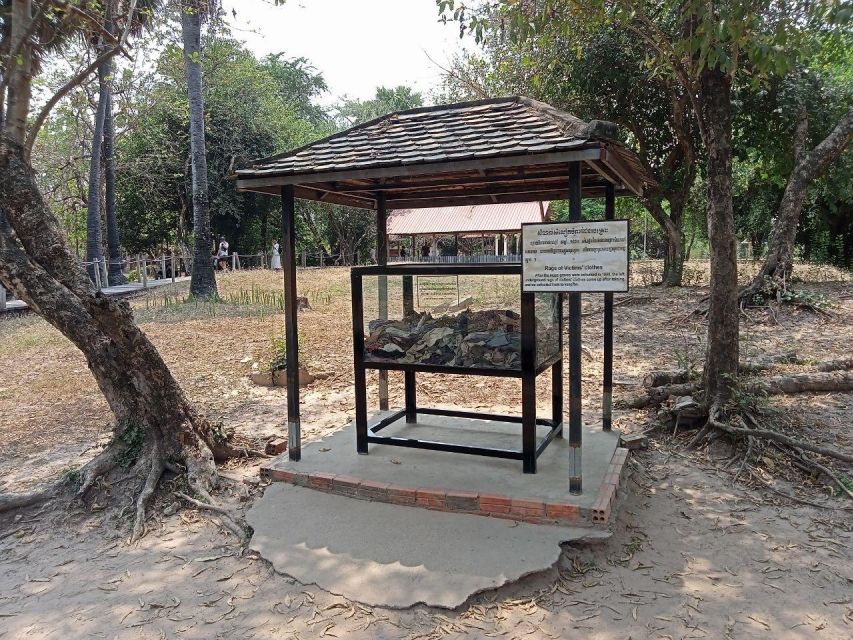
Gain valuable insights and practical advice for maximizing your experience during the Half Day Tour to Killing Field & S21 Genocidal Museum in Cambodia.
-
Immerse Yourself: Engage with the history presented at the sites to truly reflect on Cambodia’s past and the impact of the Khmer Rouge regime.
-
Respectful Attitude: Approach the tour with sensitivity and understanding to honor the memories of those affected by the tragic events of the past.
-
Cultural Sensitivity: Be respectful of the local customs and traditions during your visit to deepen your cultural understanding of Cambodia.
-
Emotional Preparedness: Prepare yourself for a thought-provoking experience that may evoke strong emotions as you explore Cambodia’s history.
Here's a few more nearby tours and experiences we think you'll like.
Common questions
Is There a Recommended Dress Code for Visiting the Toul Sleng S21 Prison and Killing Field Sites?
For visiting the Toul Sleng S21 prison and Killing Field sites, it’s advised to wear appropriate attire displaying cultural sensitivity. Respectful behavior is key, considering the historical context. Engage thoughtfully with the sites to honor the past.
Are There Any Age Restrictions or Recommendations for Participating in This Tour?
There are no specific age restrictions for this tour, but it involves visiting emotionally intense sites. It is advisable to consider the sensitivity of the content for young participants. Modest and respectful attire is recommended.
How Physically Demanding Is the Tour of the Toul Sleng Genocide Museum and Killing Fields?
The tour of the Toul Sleng Genocide Museum and Killing Fields can be physically demanding due to walking and emotional impact. Participants should be prepared for the intense history and reflective experience offered.
Are There Any Specific Items or Precautions Visitors Should Bring With Them for the Tour?
Visitors should pack essentials like comfortable shoes, water, and sunscreen for the tour. Respecting local customs and history is crucial; dress modestly, show reverence at memorial sites, and listen attentively to guides.
How Are the Survivor Stories Presented During the Tour, and How Can Visitors Show Respect and Sensitivity Towards These Narratives?
Survivor testimonials during the tour are shared with empathy and authenticity. Visitors can show respect by listening attentively, being empathetic, and acknowledging the survivors’ experiences. Engaging with these narratives thoughtfully honors their courage and resilience.
Not for you? Here's more of our most recent tour reviews happening neaby
- Phnom Penh: Morning Foodie & Street Art Tour by Tuk-Tuk
- Vip Taxi Private Transfer From Phnom Penh to Siem Reap
- Phnom Penh: Sunset Cruise on Kanika Boat
- Vip Taxi Transfer From Phnom Penh to Preah Sihanouk
- Phnom Penh Airport or Hotel Private Transfer
- S21 & Killing Field (4-5hrs)
- Heritage Tour of Phnom Penh in Electric Bus
- Killing Field and Toul Sleng Genocide Museum Tour
- Full Day Tour in Phnom Penh by Tuk Tuk
- Phnom Penh: Mekong River Sunset Cruise and Tuk Tuk Ride
- Killing Field & Tuolsleng Tour
- Sunset Dinner Cruises W/Live Music, 5&7pm; Free Pickup Avail
- Phnom Penh Historical – Small Group Tour
- Full Day Trip to Mountain Temple of Chisor
- Phnom Penh: Guided Historical Day Tour by Cyclo and Tuk Tuk
Last Words
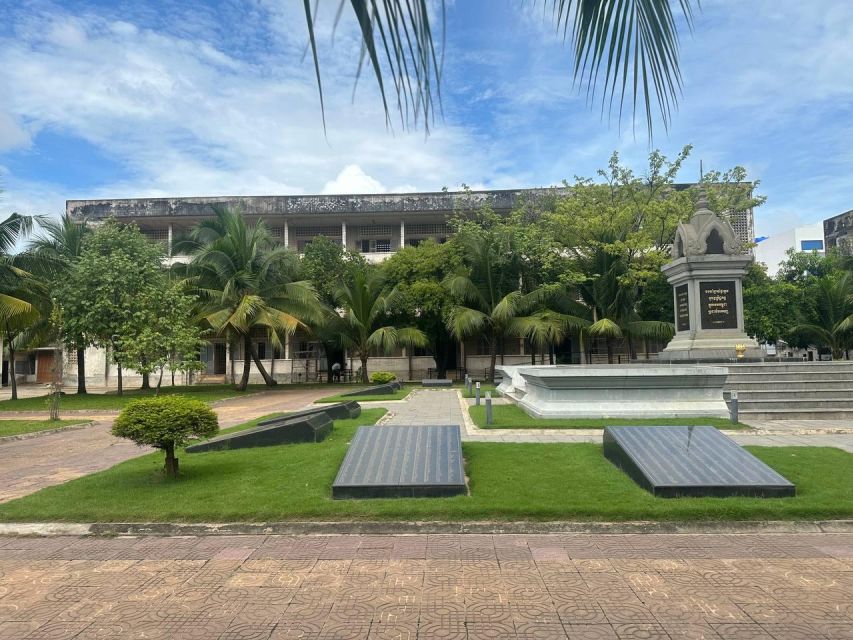
Set out on a poignant journey through Cambodia’s history with the ‘Half Day To Killing Field & S21 Genocidal Museum’ tour. Gain a deeper understanding of the atrocities committed during the Khmer Rouge regime, reflect at the memorial stupa, and hear survivor stories firsthand.
This educational and emotional experience offers valuable insights into Cambodia’s past and its relevance to the present. Book now for a profound and enlightening excursion.

